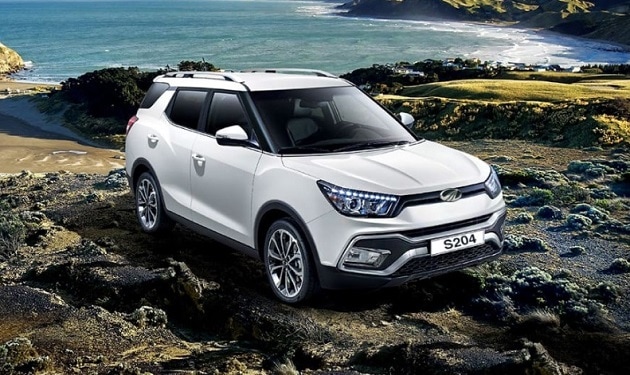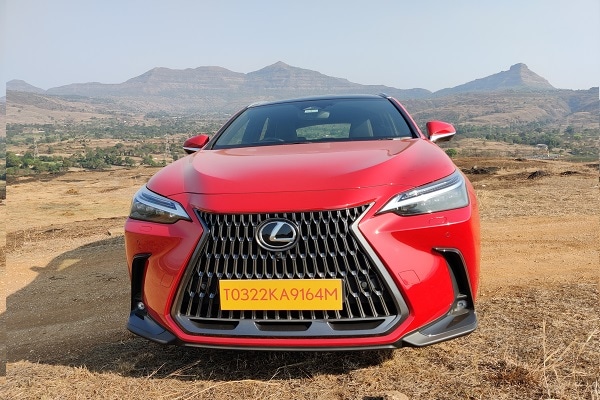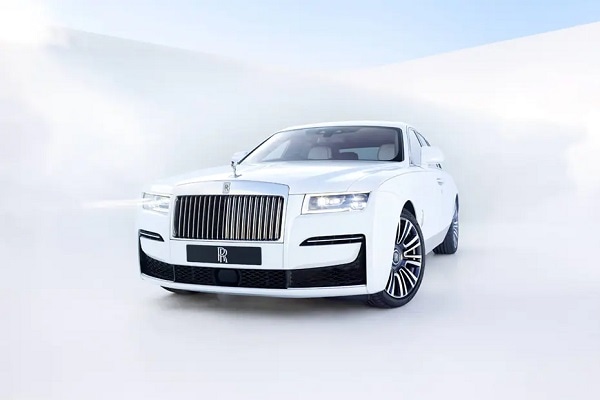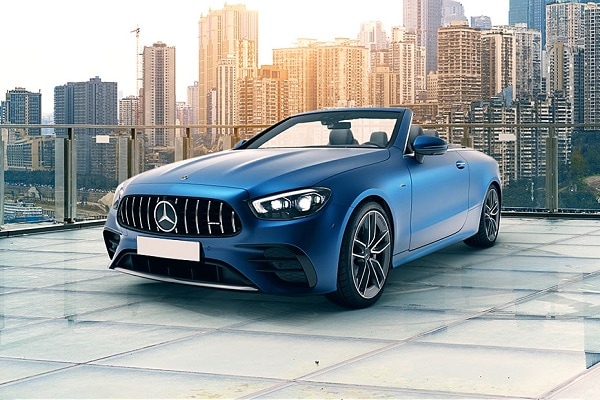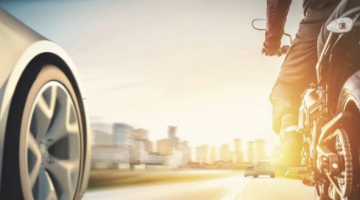Five common fuel economy myths busted
- Here are the top five myths about fuel economy and why they are just myths.
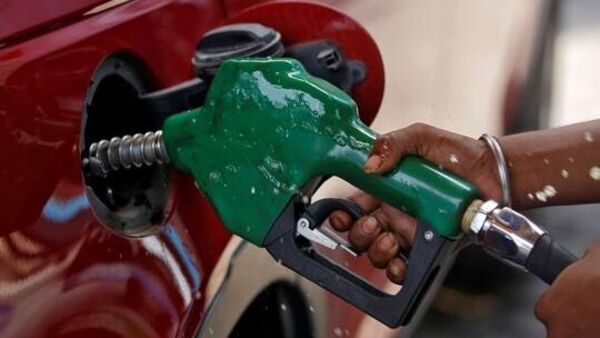

Whether to save money or the environment, or both, every car owner wants to get better fuel economy from his or her vehicle. There are tons of advice available on the internet about how to get the best fuel economy out of a car. While many of them are facts, some are just myths based on the old powertrain technology. As automotive powertrain technology has evolved drastically and is being improved constantly, these myths are proving wrong.
Here are the top five myths about fuel economy and why they are just myths but not based on substantial facts.
Also Read : Why driving with an almost empty tank should be strictly avoided. How it affects the car
Also check these Cars
Smaller cars offer better fuel economy
Fuel economy in modern cars depends on the vehicle's technology rather than its size. Smaller cars don't always necessarily provide better fuel economy. Even larger cars with modern engines and deep tread tyres can churn out as many kilometres from a full fuel tank. For example, Maruti Suzuki Grand Vitara SUV offers 27.89 kmpl of mileage, while the smaller Celerio hatchback returns 25.24 kmpl.
Manual cars offer more mileage than automatic ones
This used to be the case before, but not anymore. The automatic transmission technology has been vastly improved over the years as manufacturers have added more gears. Besides that, the use of more low-friction materials and lubricants has also helped in getting better fuel economy out of modern automatic cars. Electronic shift control system, too, has been a key enabler in this. In fact, in many cases, automatic transmissions are now rated better than their manual counterparts.
Premium fuel is always better
This is a. common misconception. The myth-buster fact is that if you own a performance car or a turbocharged/supercharged engine in your vehicle, then only the premium fuel could make a difference. Higher octane petrol, commonly known as premium petrol, is made for high-compression performance engines. Hence, there's no benefit if the premium fuel is put into a normal engine.
Engine needs to be warmed up before driving
In old cars, this technique was useful. However, in modern cars, technology has changed a lot making. The myth is based on older technologies. Modern engines come with controlled fuel injectors to get the power mill to the right temperature. Hence, they don't need to sit and wait for the engine to warm up. In fact, it is more fuel efficient and quicker to get the engine warmed up as you drive.
Leave engine idle rather than switching it off and on
Unless you constantly switch the engine on and off, it is always more efficient to switch off the ignition. Such a situation usually arises in bumper-to-bumper traffic, where you may require constantly switching on and off the engine. While many believe that doing so may result in the engine consuming more fuel, keeping the engine shut in situations where you are required to stop for more than 20 seconds, is efficient, as leaving the power mill to run idly, even for a few minutes can consume a significant amount of fuel in the long run.







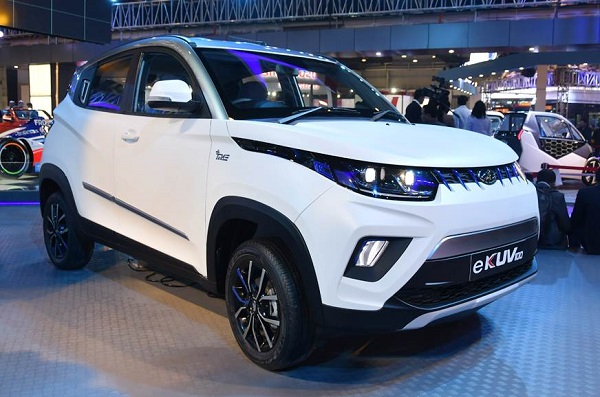
 40 kWh
40 kWh 150 Km
150 Km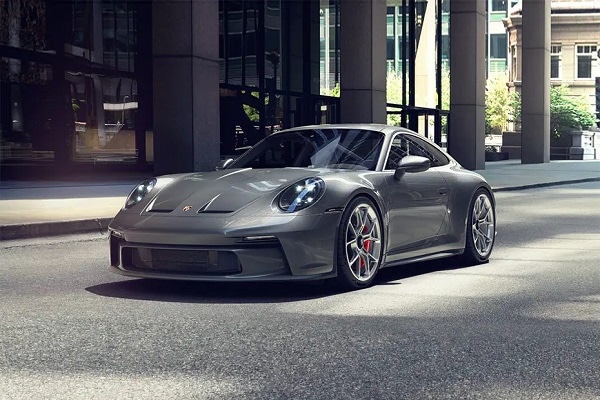
 3996.0 cc
3996.0 cc Petrol
Petrol